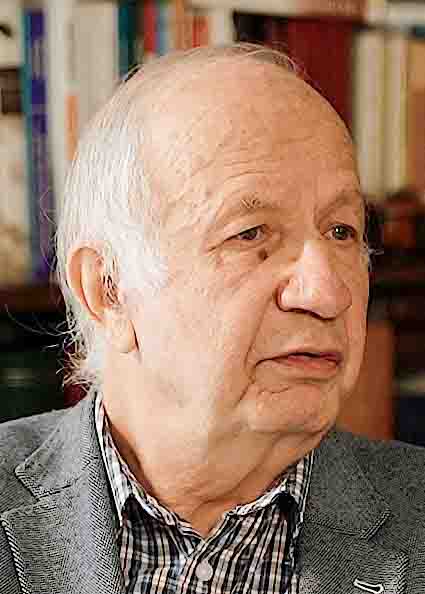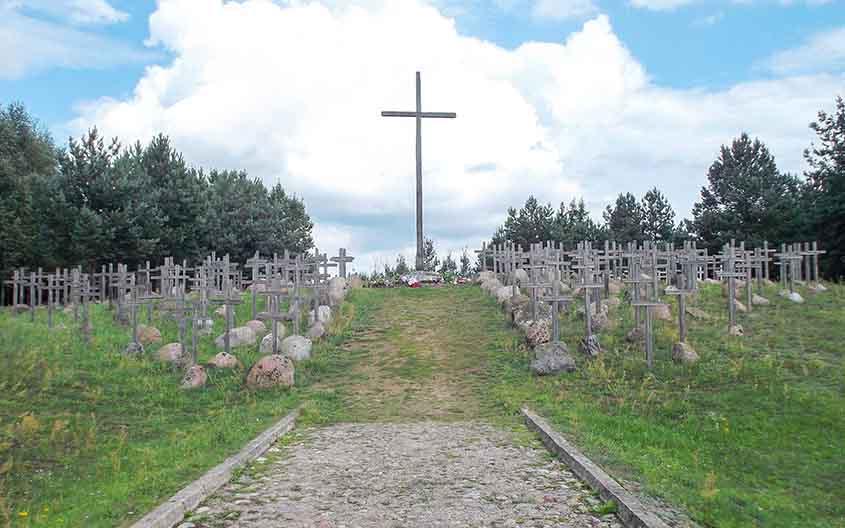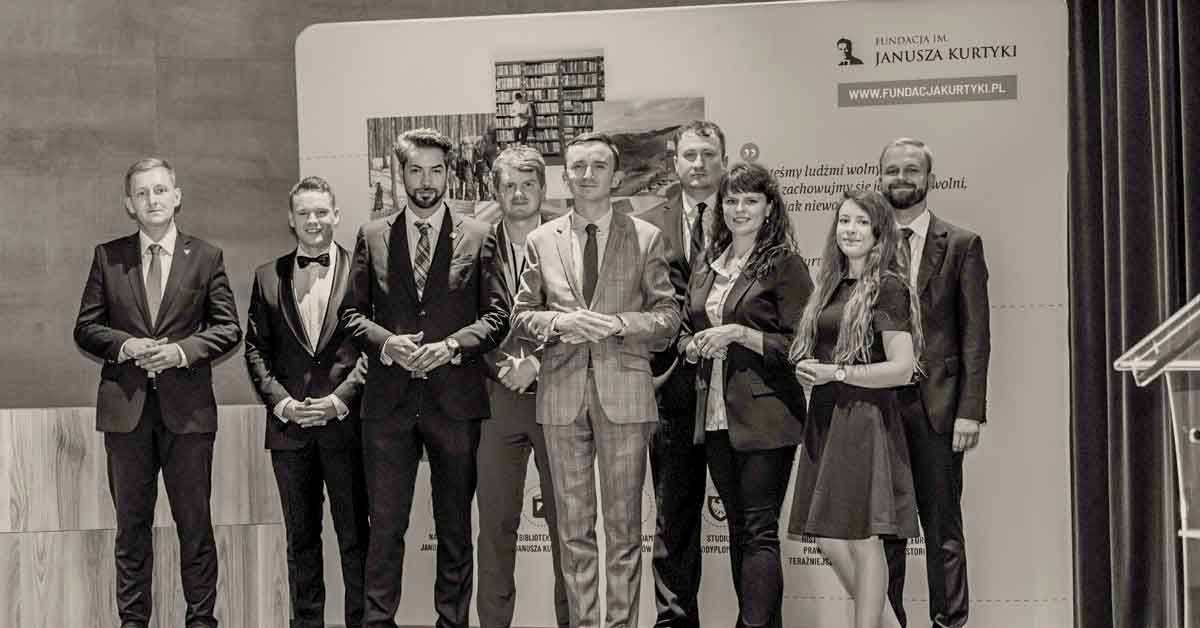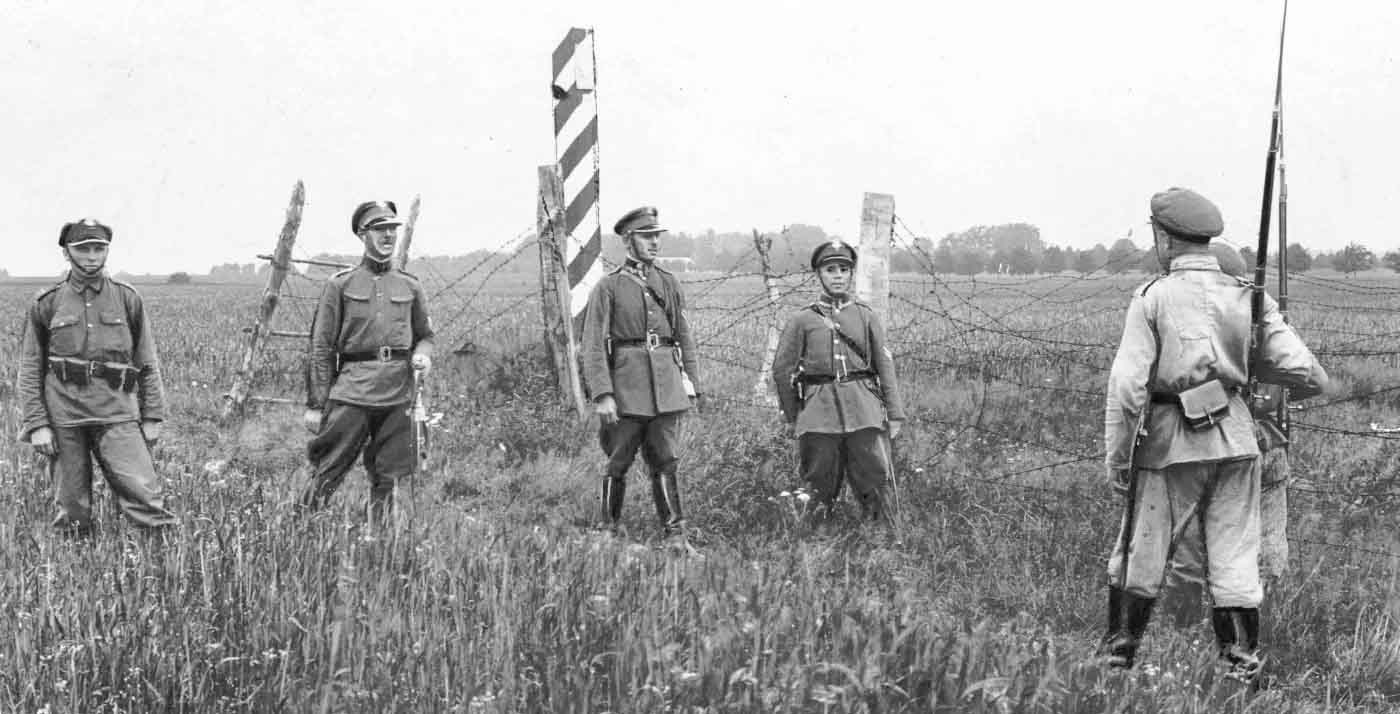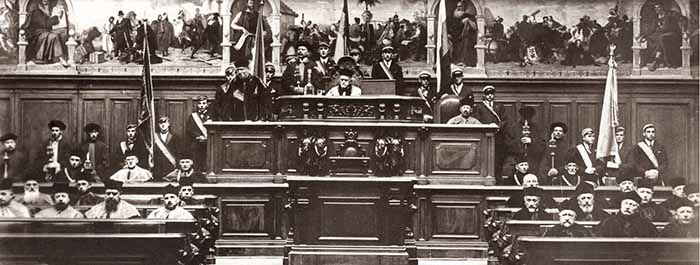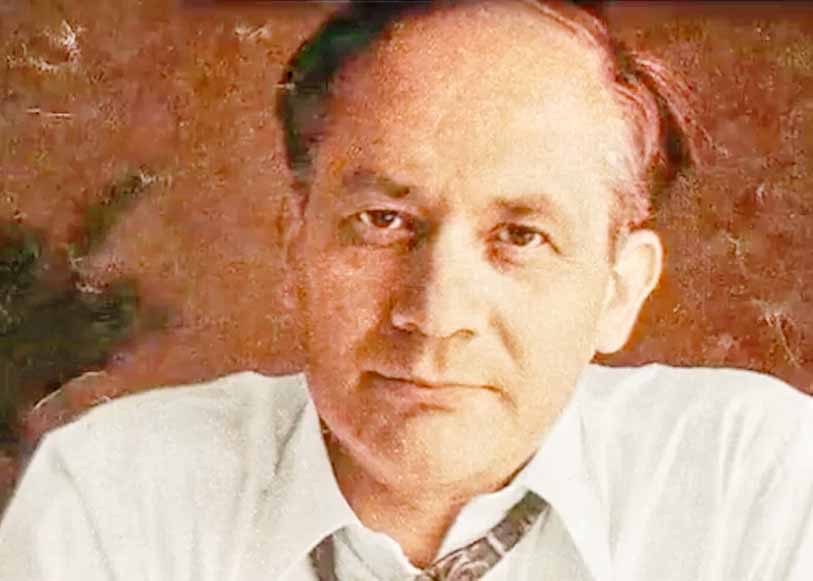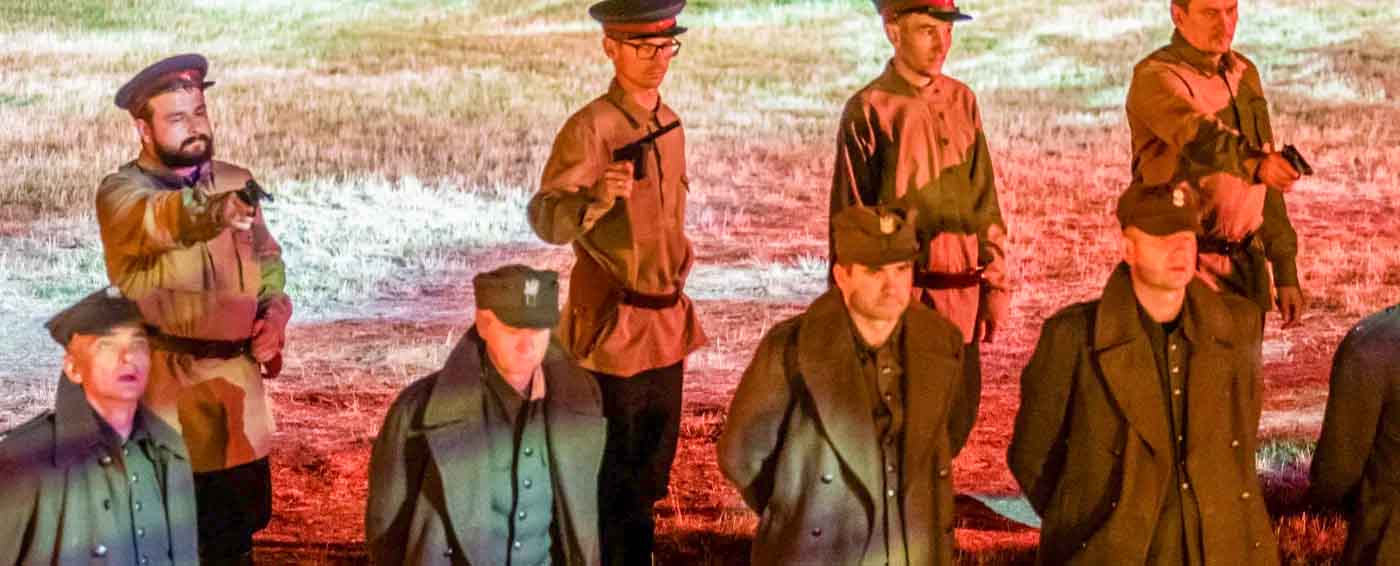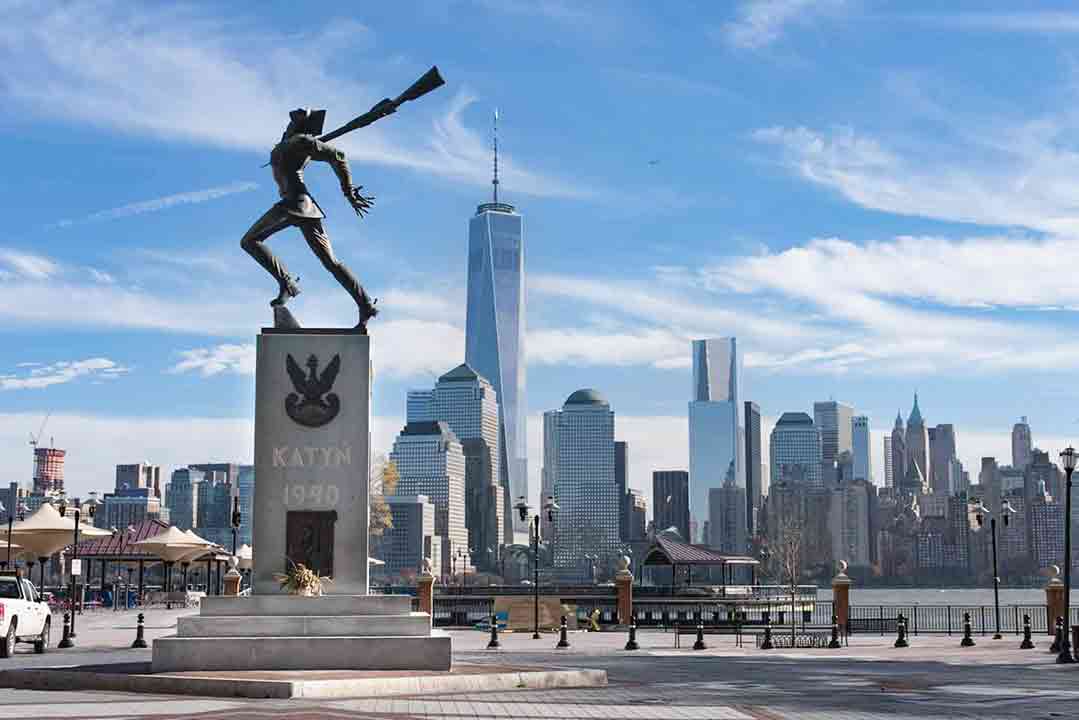The mass murder of Polish prisoners of war by the Soviet regime in the spring of 1940, known as the Katyn massacre, defies all attempts at rationalisation, even the most cynical. It is not only the murder of almost 22,000 defenceless people under conditions of a formal absence of war but also the falsification and concealment of the truth about this genocide for decades, turning it into a weapon of political struggle and the destruction of ideological opponents.
On the seventeenth day of the Polish-German war, the Red Army struck at the rear of the Polish army, which was defending itself with determination. This was a consequence of the Molotov-Ribbentrop Pact of 23 August 1939, which provided for the joint German-Russian partition of the lands of the Republic of Poland. A large number of Polish prisoners of war, both military and civilian, ended up in Soviet hands. A network of eight special camps was set up for their detention on the orders of the head of the NKVD, Lavrenty Beria. Officers, policemen and some civilians (the administrative and cultural elite) were isolated in three of them: Kozelsk, Ostashkov and Starobelsk. The Ostashkov camp, intended mainly for police officers, was the largest, with about 6,000 prisoners; officers were sent to the other two - Kozelsk, about 4,500, and Starobelsk, about 4,000.
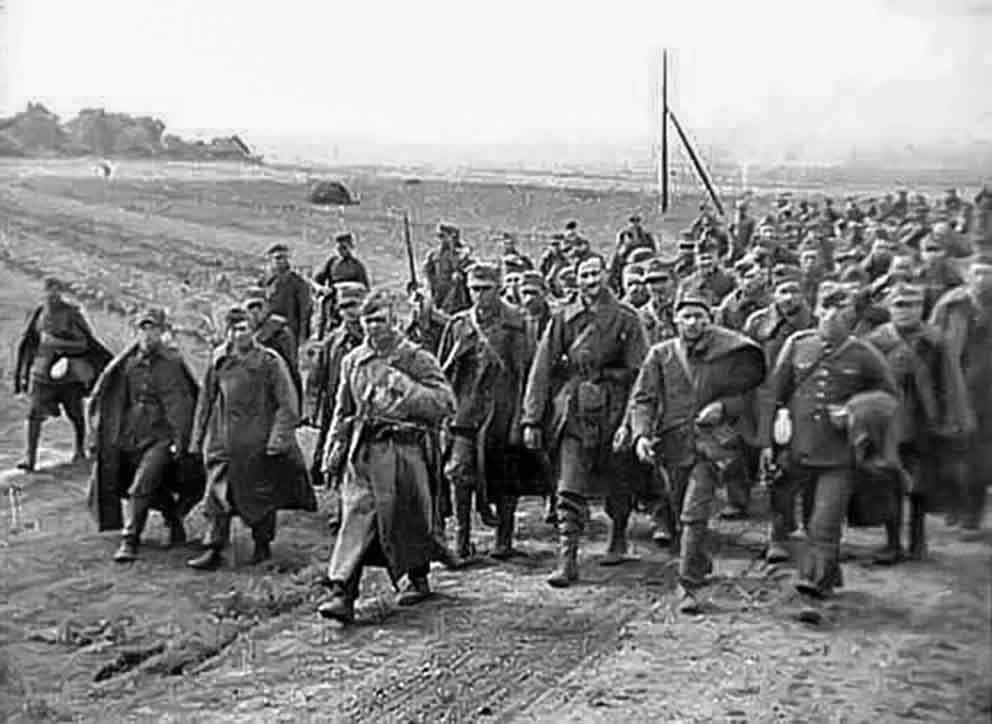
Polish POWs captured by the Red Army during the Soviet invasion of Poland (Source: Wikipedia)
During the first months of captivity, there was no decision on what to do with the prisoners of war and the thousands of Polish citizens who were imprisoned. It was only on 5 March 1940 that the Politburo of the Central Committee of the Communist Party of the Soviet Union (b) took a decision following its previous practice, dating from the time of the suppression of peasant revolts or the mass terror of 1937-1938. It was decided to murder them, considering them unfit for re-education in the Soviet spirit. A special body, the so-called Central Troika (Osoboye Sovshchaniye), was set up to deal with the organisational side of this genocide and to ensure that, despite its colossal scale, it was carried out in secret.
The Central Troika divided the POWs and prisoners into batches of about a hundred, which were compiled into lists ('death lists'). Based on these lists, the commander of a particular camp would hand over a batch of prisoners to units of the NKVD convoy troops, who would take them to a designated NKVD regional office with orders to kill them. The situation with prisoners was similar. POWs from Starobelsk were murdered in the so-called inner prison of the NKVD office in Kharkiv and buried in mass graves in a park near the city. POWs from Ostashkov were murdered in the internal prison in Kalinin (now Tver) and buried in nearby Mednoye. POWs from Kozelsk were murdered in the Katyn forest near Smolensk, directly above the death pits.
There is still no documentation of where the more than 7,300 prisoners were murdered and buried. Those murdered by the Belarusian NKVD (the so-called Belarusian list) are probably buried in Kuropaty near Minsk. Those subordinated to the Ukrainian NKVD (the so-called Ukrainian list) - probably in different places, of which so far only Bykivnia near Kyiv, where about 500 corpses have been exhumed, has been identified.
The fact of the genocide was kept secret until the spring of 1943. Then, on 13 April, Radio Berlin announced that mass graves of murdered Polish officers had been discovered in the Katyn Forest near Smolensk. Moscow immediately accused the Wehrmacht of this crime, an accusation that the Anglo-Saxons found unproven at the Nuremberg trials. Nevertheless, Moscow continued to propagate the so-called Katyn lie and reacted aggressively to any attempts to undermine it.
In Poland, although the subject of the Katyn massacre was covered by censorship, the truth about it was common knowledge in society. This was demonstrated by the period of the so-called first 'Solidarity', when evidence of it appeared on a massive scale in the form of openly organised lectures, artistic performances, underground publications, various commemorative mobiles, underground postage stamps, etc.
At the end of the 1980s, under the conditions of so-called perestroika and glasnost, an opportunity arose to expose the Katyn lie. This happened in April 1990, when the Soviets officially admitted that the crime of genocide against Polish prisoners and detainees had been committed by the NKVD in the spring of 1940.
The Russian military prosecutor's office was forced to open an investigation into the crime. It dragged on for years and gradually lost momentum. This was undoubtedly linked to Russia's politics of history, in which victory in the Second World War became a kind of myth, the embodiment of the power and importance of the USSR (Russia). A myth on which no shadow can fall, and this was undoubtedly the case with the Katyn crime. It was only in September 2004 that a communiqué was issued in which it was described as …. 'a common crime that was statute-barred.'
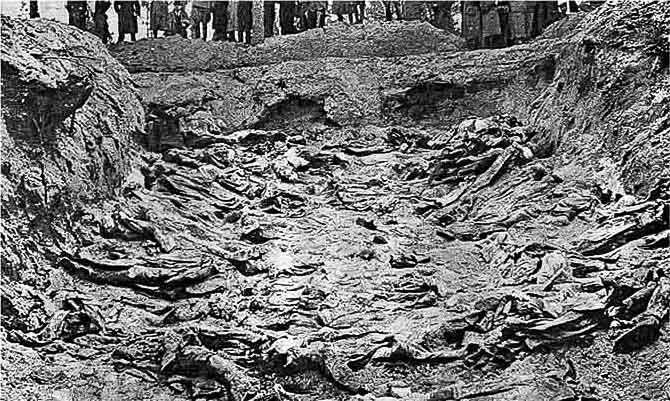
A mass grave at Katyn, 1943 (Source: Wikipedia)
Although Russia has officially acknowledged the perpetration of the Katyn massacre, this truth is virtually absent from Russian historiography today. For it does not fit into the myth of the great victory of the war, any more than the Hitler-Stalin pact of 1939, the mass deportations, the enslavement of the Baltic republics or the colossal scale of the Red Army's marauding in the final phase of the Second World War.
For Russian society, accustomed to the authorities using mass crimes as an effective political tool, the reverence with which the Poles approach the memory of the victims of the Katyn massacre is incomprehensible. For Russians, the 22,000 Polish victims of this crime are a drop in the ocean compared to the millions of Russian victims after 1917, who do not bother to honour the memory of Lenin and Stalin. The vast majority did not and still do not understand that the use of inhuman, criminal methods to carry out so-called strategic tasks leads to the degeneration not only of the power elite but also of the society that accepts this power. We saw such social acceptance during the Chechen war, the aggression against Georgia or the invasion of Crimea. We have also seen it since February 2022, when Putin decided to wage a full-scale war against the brotherly Ukraine, as he had proclaimed for decades.
It is difficult to be optimistic about the future of such a state and nation and not be concerned about the fate of its neighbouring countries.



